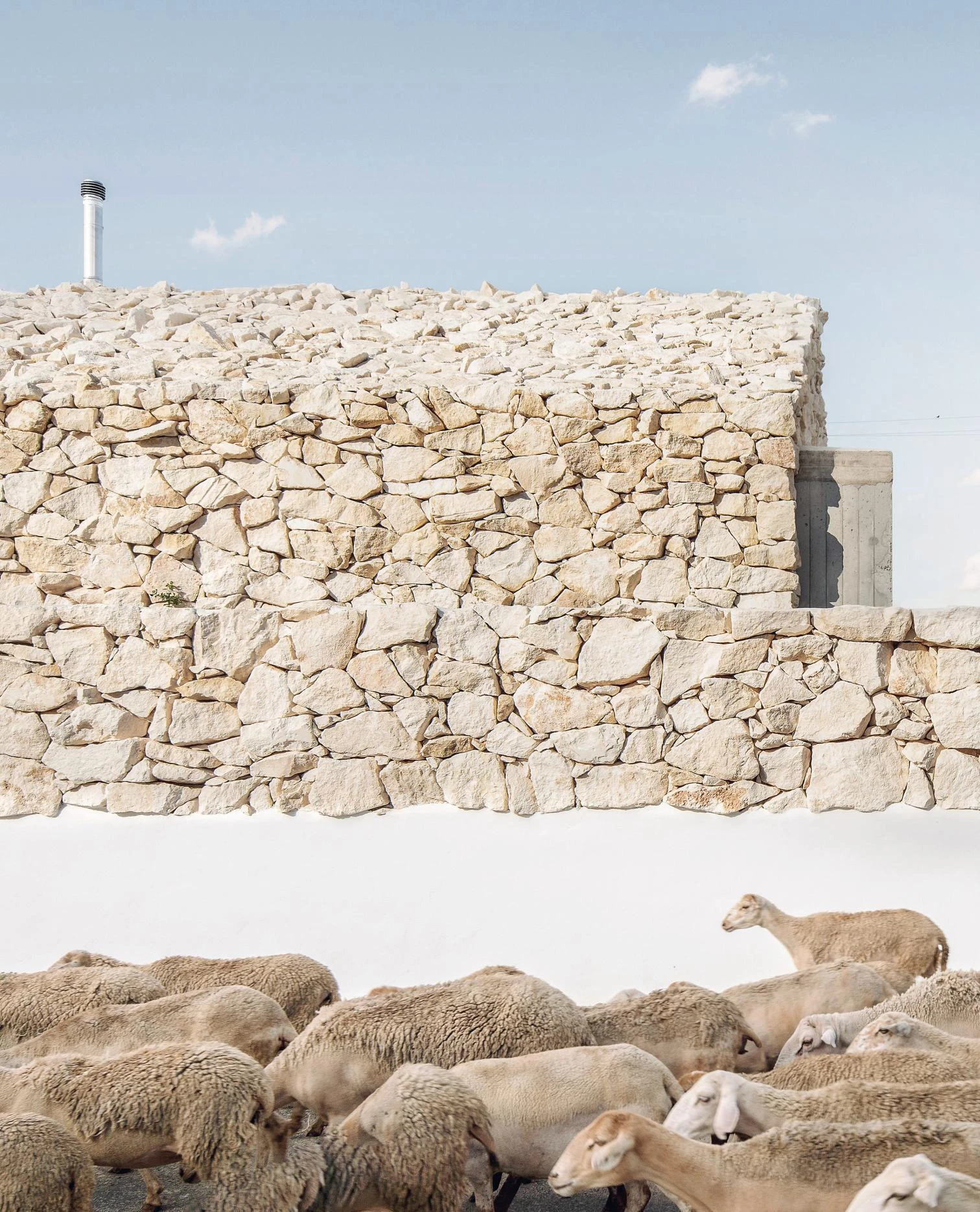Building in ‘Empty Spain’

CRUX Arquitectos, Bodega en Los Pedrones (Valencia)
In his sarcastic evocation of Spain, Mario Praz described it as an anti-romantic “pentagonal peninsula,” in a geometrical metaphor that could be completed in this way: “Pentagonal peninsula whose center and sides are full, but which is otherwise bare.”
Though it borders on hyperbole, the picture conjured is plausible and fits what Sergio del Molino has with extraordinary terminological success called “empty Spain” (see Arquitectura Viva 187). What Spain do we mean? The one of geographic and demographic wastelands; the Spain swept clear by emigration to the cities; the agrarian Spain that globalization has turned its back on; the Spain with the lowest population density on the continent; the complex-ridden, future-less Spain which nevertheless takes up the bulk of the penisola pentagonale.
The phenomenon is neither new nor limited to Spain. All ‘developed’ countries tend to vacate their rural areas, in accordance with a process that began in the England of the first Industrial Revolution and continues today in China and India at a frightening scale. The problem is that in Spain, the gutting of the countryside – rapid and late – has not been curbed by those corrective measures that have proven so effective in France, Germany, or Switzerland: from promoting high-quality ‘rural tourism’ to providing services and subsidies in line with countermigration policies, by way of very restrictive rulings to protect the natural landscape and built heritage. Contrary to usual thinking, a nation’s level of development is set not by its cities – heretofore never so equalized – but by its rural realm. And needless to say, Spain’s empty expanses are among Europe’s most desolate.
Remedying the situation requires tackling a range of complex and varied scales and problems, but architecture can play a major role in revitalizing Spain’s demographic voids, as suggested, at least, by the five examples presented in this section. All located in enclaves of deep inner Spain, they address diverse programs and contexts. In the auditorium of Illueca (Zaragoza), the firm Magén Arquitectos has sought to respect the urban fabric while revitalizing it. For the elderly home in Camarzana de Tera (Zamora), CSO Arquitectura has sealed an urban border with a Passivhaus building. In the Cortes Metalúrgicos Oviedo company headquarters in Valladolid, Óscar Miguel Ares (curator of the next BEAU, which will, precisely, focus on empty Spain) has given character to a terrain vague. For the community center in Noviercas (Soria), BIZNA estudio has executed a project laden with common sense in both the social and the constructional and bioclimatic aspects. And, finally, in the redevelopment of the square in Mansilla Mayor (León), Ocamica Tudanca Arquitectos has created a serene and civic tapestry.

GRX Arquitectos, Casa Calixto, Puebla de Don Fadrique.





